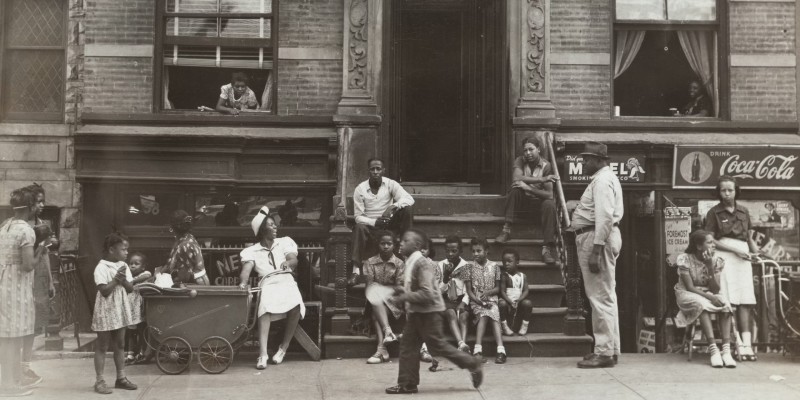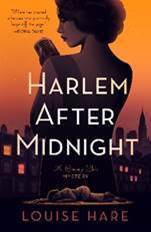When I sat down to write a murder mystery set in Harlem, from my desk in London, I somehow felt a familiarity with this neighbourhood across the Atlantic. I’ve visited Harlem in person before, but most often I’ve travelled there through the pages of some of my favourite novels. There’s a rich history to Harlem that is explored through the vision of great authors. It also strikes me that many of the social issues that are discussed in these novels are still with us, even when they were originally written eighty or ninety years ago. These are some of my favourite books that capture the essence of Harlem and combine it with compelling stories and vivid characters that will stay with you long after you close the cover.
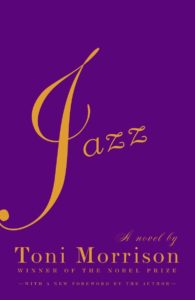
Jazz – Toni Morrison
Jazz has one of literature’s most memorable openings. After Joe, a fifty something year old salesman, shoots dead his teenage lover, his wife Violet goes to the funeral ready to cut her dead rival’s face. It begins with the aftermath of this crime, but the novel is wide-ranging. From how Joe and Violet came to New York, through his affair and the events that led him to murder, Morrison shows the history of Jazz Age Harlem through these vividly realised characters.

Harlem Shuffle – Colson Whitehead
Ray Carney is a family man and, as far as most people know, a hard-working furniture salesman. If he occasionally strays into petty criminality, it’s only to relieve the pressure of keeping his family in the style they’re accustomed to. His disapproving in-laws, who make it clear he will never be good enough for their daughter, don’t help matters. Harlem Shuffle, set in the 1960s, and its recent sequel Crook Manifesto, set in the early 1970s, follow Ray’s struggle to keep the two parts of his life separate, stay alive and out of jail, and maintain the lifestyle that his wife deserves.
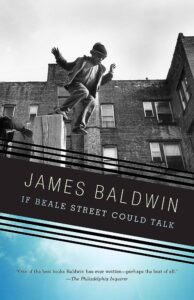
If Beale Street Could Talk – James Baldwin
Tish is nineteen years old and pregnant. Her fiancé, Fonny, is in jail, wrongly accused of rape. This is a love story more than anything else, telling the story of how Tish and Fonny got together. It still feels different to read novels so focused on Black families and love. Although the central events deal with the fallout of Fonny’s altercation with a cop, ending up in him being framed for the rape of a local woman, there’s a lot of optimism too. The families of the couple are supportive, even though they don’t always get along (which adds a touch of comic relief). What strikes me most strongly about this book is that it was written and is set in the early 1970s and yet it feels as though it could have been written today. Not much has changed.

Dead Dead Girls – Nekesa Afia
The first in the Harlem Renaissance Mystery series, Afia’s heroine is Louise Lloyd, a former kidnapping victim who became famous for rescuing several other girls who’d all been taken by the same man. Ten years later, Louise is partially estranged from her strict father, working days in a Harlem café and spending her nights dancing and drinking in an infamous speakeasy with her friends. When a girl turns up dead, left in the doorway of the café where Louise works, she realises that the past might have caught up with her… This is a fun read, evocative of 1920s Harlem with its speakeasies and colourful characters. Louise Lloyd is a girl who doesn’t stick to the rules but still feels of her time.
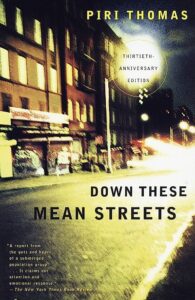
Down These Mean Streets – Piri Thomas
Originally published in 1967, Thomas’s memoir brings the Spanish Harlem of the 1940s and 50s to life. Thomas was the son of Cuban and Puerto Rican parents but his darker skin, in comparison to that of his siblings, often led to him being seen as Black. Struggling to fit in with his family after they move to Long Island, a place where Piri alone stuck out, he took the decision to ditch school and move back to Harlem where the need for quick money led him into a life of petty crime and eventually to jail. There’s a fascinating look into racial politics of that time, especially in discussions between Piri and his Black friends. Like so many memoirs focused on young men, there is a light heartedness to the book, even when portraying hard times. There are some outdated views, especially in attitudes towards women, but as a coming-of-age tale, Thomas’s story is fascinating.
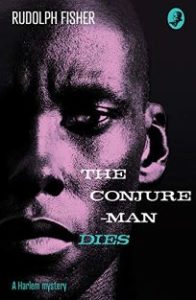
The Conjure-Man Dies – Rudolph Fisher
Touted as the first detective novel written by an African American author and featuring an all-Black cast of characters. His detecting duo are Perry Dart, one of Harlem’s ten Black detectives, and Dr John Archer. When N’Gana Frimbo, a conjure-man, or psychic, is found dead in his consulting room, Dart is brought in to investigate. With a waiting room of Frimbo’s clients who were all apparently present and yet saw nothing, Dart has to rely on Dr Archer’s medical expertise and early forensic techniques to work out what on earth happened. Rudolph Fisher was a physician and radiologist as well as a writer, and his knowledge of this field adds an interesting layer to a deviously plotted tale.
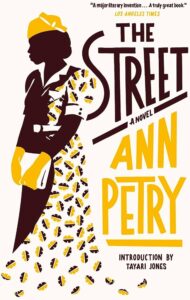
The Street – Ann Petry
Petry’s 1946 novel was the first by an African American woman to sell over a million copies and for good reason. Lutie Johnson is a single mother after leaving her cheating husband. Settling in Harlem, in a tenement building that she hates but that is all she can afford, Lutie sets out to build a new life for herself and her eight-year-old son. Part social commentary, Petry’s novel takes up many of the elements you’d expect from a crime novel: the creepy building superintendent who lusts after Lutie; the predatory bandleader who has his own plans for her. By delving into their lives in more detail, Petry stops these characters from becoming the usual stereotypes. This is a rich novel full of life but there’s an irresistible tension that arises as the inevitable tragedy unfolds on the page.
***
–Featured image: Harlem Tenement in Summer, 1935 (via NYPL / Unsplash)

